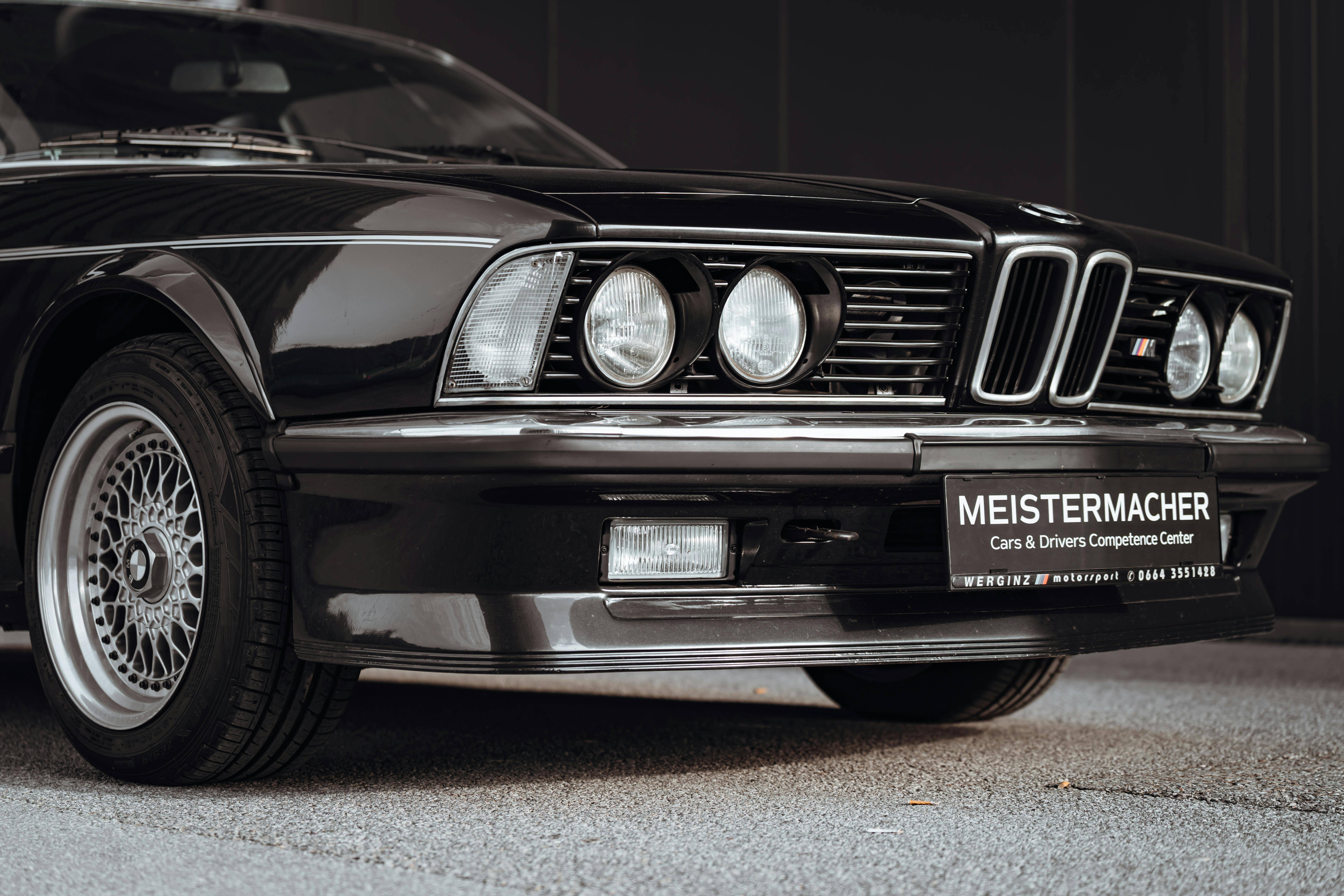Honda First-Gen CR-V Classic Import 2026: 25-Year Rule & Shipping Guide
The first-generation Honda CR-V (1995–2001) holds a foundational place in the history of the compact crossover segment. Its launch signaled a shift toward versatile, car-based SUVs—blending sedan-like comfort, family practicality, and the legendary reliability Honda is known for. Designed on the acclaimed Civic platform, the original CR-V quickly gained worldwide favor among city drivers, families, and outdoor enthusiasts seeking an all-purpose vehicle long before SUVs dominated the roads.
Model History & Background
The CR-V debuted in Japan in 1995, arriving in North America in 1997 and running through 2001 for this first iteration. The combination of innovative interior solutions—like a picnic table stowed under the cargo floor and highly configurable seating—along with Honda’s Real-Time 4WD system and a durable B20B inline-four engine, made the CR-V a practical pioneer among small SUVs. Its reputation for longevity, efficient size, and clever features has cemented it as both a nostalgic enthusiast favorite and a practical classic.
Import Specs: Engines, Performance, and Variants
-
Engine: 2.0L B20B inline-four (146 hp, 133 lb-ft), proven for long life with routine care
-
Transmission: 5-speed manual (Japan/Europe) or 4-speed auto (common in U.S.)
-
Drivetrain: Real-Time 4WD or front-wheel-drive configurations
-
Curb Weight: ~3,100 lbs
-
European exports: Diesel variants do exist—however, U.S. importers should note that diesel CR-Vs, while eligible under the 25-year exemption, may face fuel/emissions restrictions in some U.S. states. These are best suited for classic, show, or off-road registrations.
-
JDM Exclusives: Japanese Domestic Market models feature right-hand drive, rare trims, and sometimes manual transmissions unavailable elsewhere.
Eligibility & Import Considerations for 2026
As of 2026, 2001 CR-Vs are officially 25 years old; importers can take advantage of the DOT/EPA exemption regardless of original specs. This makes rare and well-preserved JDM or Euro-market CR-Vs especially appealing for import to the U.S., opening new avenues for collectors or those seeking unique features (like manual transmission or rare JDM trims). Be sure to obtain documentation proving a 2001 production date to meet regulatory requirements.
Practical Importation Challenges
-
Mechanical Risks: Typical first-gen CR-V issues include worn suspension bushings and underbody corrosion. Thorough pre-purchase inspection is recommended.
-
4WD System: Ensure the Real-Time 4WD operates smoothly—a system known for reliability, but still worth verifying after decades of use.
-
JDM Import Note: Right-hand-drive examples from Japan often require a speedometer conversion to MPH for easy U.S. use and may have other minor adaptation needs.
-
Shipping: Container shipping is highly advised, especially for well-preserved, rare, or specialty trims—this method protects against external shipping hazards and makes group imports feasible for bulk buyers or dealers. WCS coordinates shipping, documentation, and inspection for single units or wholesale loads.
For more information about import eligibility, tips for documentation, and the larger landscape of 2001 classics coming online, see all 2001 classic models becoming 25-year eligible in 2026 in our full guide.
Ready to Import Your First-Gen CR-V?
Get instant quotes, routes, and timelines for shipping a 2001 Honda CR-V to the U.S. with WCS. Check real costs and start your classic-SUV import with confidence.
You May Also Like
These Related Stories

Complete Cost Guide: Importing Cars from Germany to USA 2025

EV Shipping Methods & Costs USA To Norway: Complete 2025 Guide

-093789-edited.png?width=220&height=79&name=wcs_final_logo_(1)-093789-edited.png)
